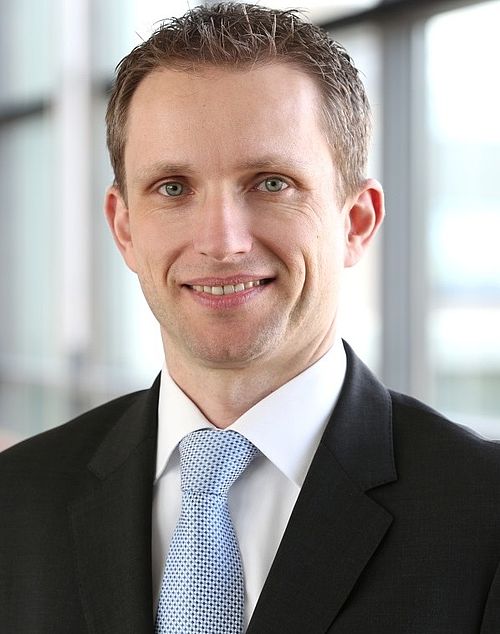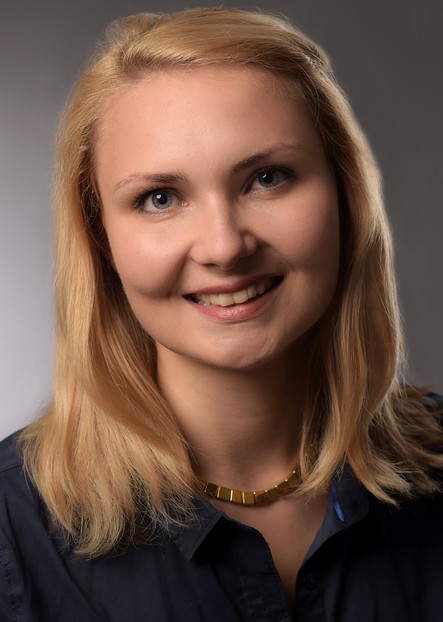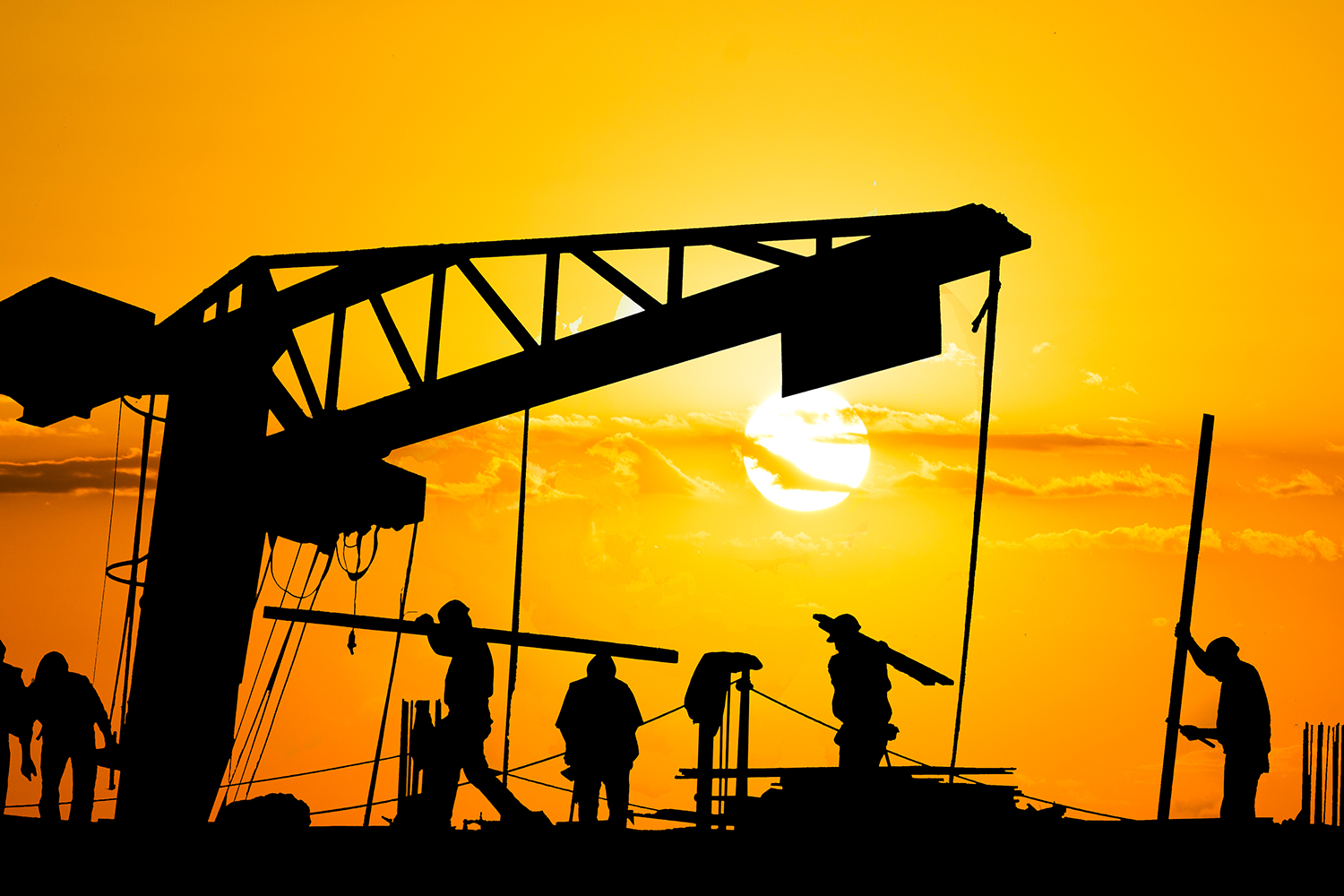When it gets too hot on the construction site Prof. Patrick Schwerdtner and Luisa Kynast on the "KlimaBau" project
Hot summers, heavy rain, storms: Although work on construction sites has always been dependent on the weather, with climate change the construction industry must adapt not only to snow and ice in winter, but also to changing weather conditions throughout the year. The effects of climate change on various trades and on work in the open air were investigated by the Institute for Construction Engineering and Management (IBB) together with partners from the Employer’s Liability Insurance Association for the Construction Industry (BG BAU) and the Deutscher Wetterdienst (DWD) (Germany’s National Meteorological Service) in the “KlimaBau” project. The focus was on the “human factor”. Bianca Loschinsky spoke with Professor Patrick Schwerdtner and Luisa Kynast about the research results.
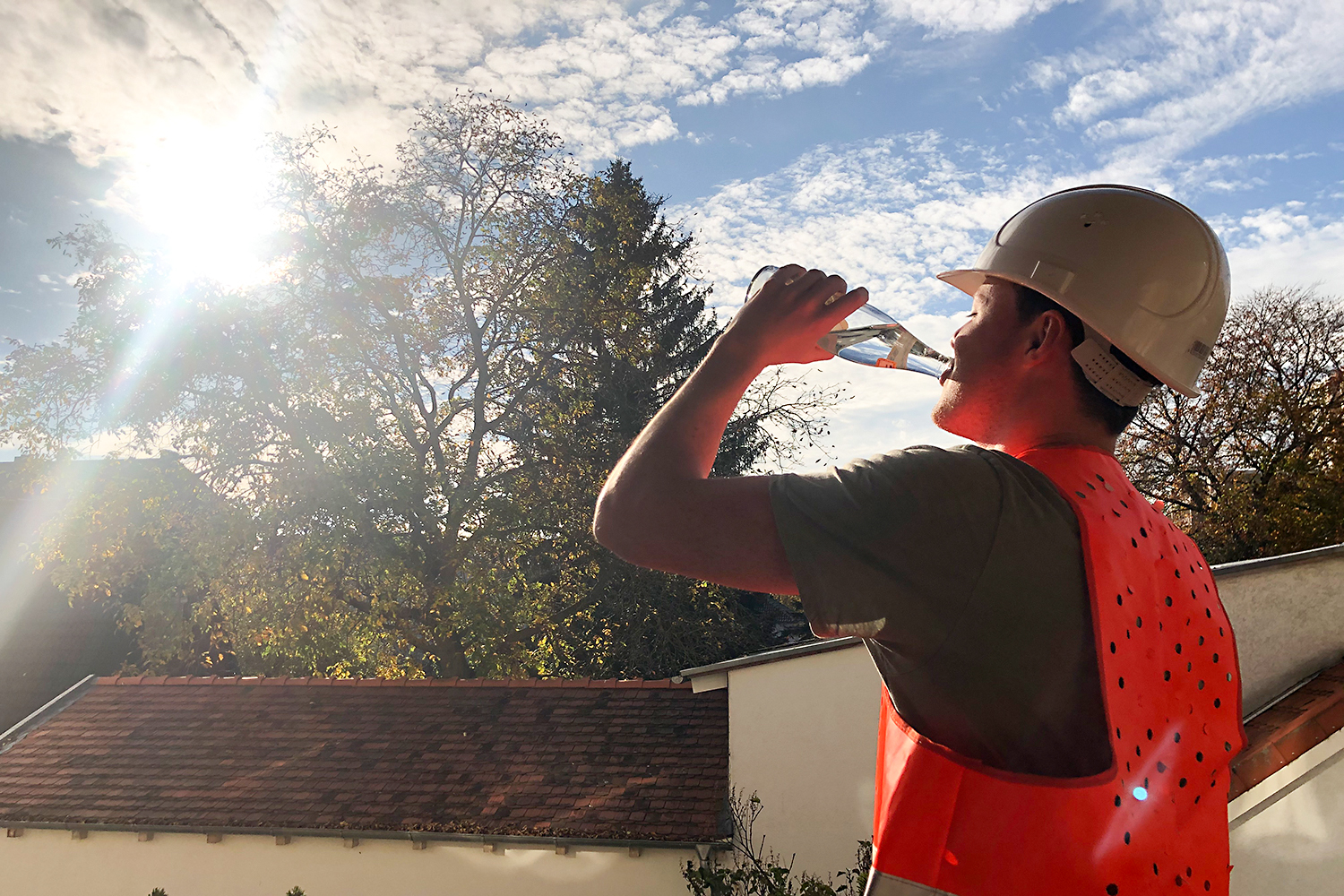
Climate change is also changing the way work is done on the construction site. Photo credit: Institute for Construction Engineering and Management /TU Braunschweig
In your now completed “KlimaBau” project, you dealt with the effects of climate change in the construction industry. First of all, a very general question: How is climate change manifesting itself there? What needs to be taken into account?
Prof. Patrick Schwerdtner: Basically, climate change is an important and global issue for the construction and real estate industry. Also against the background that the industry is both affected and a polluter, if you look at CO2 emissions, for example. In this respect, it is to be expected that the entire construction sector will come even more into focus in the future.
In our project, we focused on the construction site and investigated to what extent the work is affected by climate change and the changed weather conditions. Overall, two developments can be observed: On the one hand, the weather is changing in period-related considerations (for example, there will be longer periods of heat), but on the other hand, punctual extreme weather events are also increasing. Of course, this is crucial for the construction process, because you have to take into account how you prepare the construction sites for this.
Unlike in previous studies, in the “KlimaBau” project you focused your research primarily on people. How did that come about? And who is it specifically about?
Prof. Schwerdtner: So far, research has paid little attention to the effects of climate change on construction processes and the changed requirements. However, this is definitely of interest to us as the Institute for Construction Engineering and Management. When we deal scientifically with construction, the objectives of “quality, deadlines, costs” are usually in the foreground. Topics of safety and health protection are also addressed and are anchored in the regulations for the execution of construction work. But it is noticeable that they are usually treated on a subordinate level.
However, we urgently need to address the issue. White skin cancer, for example, is now the most common occupational disease among workers on construction sites. Nevertheless, the regulations on health protection are in part very vaguely formulated. That is why we have put the workers on the construction site in the foreground and examined how they have been protected up to now and what needs to be done to ensure better protection.
Luisa Kynast: And even if a change is taking place on the construction site due to additive manufacturing, in the medium and long term people will not be replaced as workers by purely technical processes. Construction will continue to take place outdoors in the future. That is why it is important to continue to take people into account.
You have looked very closely at the regulations on weather conditions. What did you find here?
Kynast: We looked at how weather conditions are dealt with in legal texts, standards, guidelines and procedural instructions. The focus of the analysis was on information about weather conditions during construction for people and materials. We found that weather conditions are generally a topic, but that the terms are used vaguely – for example, “unfavourable or extreme weather conditions, strong winds, extreme temperatures”. But what does this actually mean for construction companies? There is often a lack of concrete limit values here.
In addition, companies find themselves in an area of tension: On the one hand, they have a contractual relationship with their client or building owner in which, as a specialist company, they owe a certain level of quality at a pre-calculated cost within a specified time. On the other hand, they also have to take responsibility for the health and safety of the workforce. This clearly includes protection from the elements. And these protective measures can, in turn, have an impact on costs or deadlines.
How are workers protected so far?
Kynast: The legal framework for this is the Occupational Health and Safety Act. The employer is responsible for assessing hazards and implementing necessary and appropriate protective measures. This also includes protection against the effects of weather. The concrete measures are manifold. On most construction sites, for example, you will not find any weather protection tents. Personal protective measures are often used. When it comes to sun protection, workers protect themselves with long clothing or sunscreen. At the moment, personal protective measures usually take precedence over technical or organisational ones. With regard to preventive measures, however, technical and organisational measures should be in the foreground.
How must the measures be adapted? Are there rules that no work is allowed on a construction site above a certain temperature?
Kynast: No, that is not the case for practical application on the construction site – compared to indoor workplaces. In dealing with UV radiation, there are at least recommendations regarding UV limit values. However, the UV index has not yet found its way into a standard. Companies are therefore largely free in their implementation.
Prof. Schwerdtner: Of course, we also have to be careful that we don’t end up with a regulatory frenzy. Companies need a certain flexibility. Construction projects are not only unique in terms of the building design, but also in terms of the boundary conditions. If you were to name fixed limit values, that might apply to one project, but not to another, because the work is not so physically demanding. When it comes to the human factor, many different influences have to be taken into account in order to assess what protection is adequate: Are more frequent breaks necessary? What kind of clothing are the workers wearing? Do they work outdoors or inside a building shell? The limit values must therefore be more specific than they have been up to now, but on the other hand still leave enough freedom so that there are no severe restrictions in construction projects where it would not be necessary at all.
It is important to take into account and harmonise different horizons and areas of expertise in the future. That is why different areas of competence were involved in our project: we as construction experts, the German Meteorological Service (DWD) with its meteorological expertise and the Employer’s Liability Insurance Association for the Construction Industry (BG BAU) with its focus on safety and health protection. All of them operate in different perspectives, conceptual worlds and areas of standards. We need harmonisation and easily understandable principles here, so that in case of doubt there is no need to weigh up profit and health on site.
The DWD has evaluated historical data and possible future climate data relevant to the construction industry. What was the result?
Kynast: The fact that it has become warmer in the past decades and will become warmer in the future is certainly common knowledge. For us, it was about putting on the glasses of construction companies. What should I expect in the near future? For this we used climate monitoring, the historical data that the DWD evaluated for us. And climate projection, i.e. the modelling of climate data.
In purely meteorological terms, it makes a difference where I build. That must also be clear to every construction company. For example, Potsdam recorded a total of 33 “hot days” in 2018, while Augsburg had just twelve. A hot day is a day on which the temperature exceeds 30 degrees. So there are big regional differences. Accordingly, I have to consider not only the workability of the material, but also the human factor. Because the hotter it gets, the more strenuous the construction work becomes for the workers.
The DWD has also confirmed to us that winters have become milder in the past. The number of frost and ice days is tending to decrease. For many trades in the construction industry, the 5-degree limit is also important. Here we have not noticed any increase or decrease in the history. From this we can conclude that summer is becoming more important when considering the weather. However, this does not mean that winter is losing importance. Only the conditions are changing. The trend is towards milder and wetter winters and hotter and drier summers.
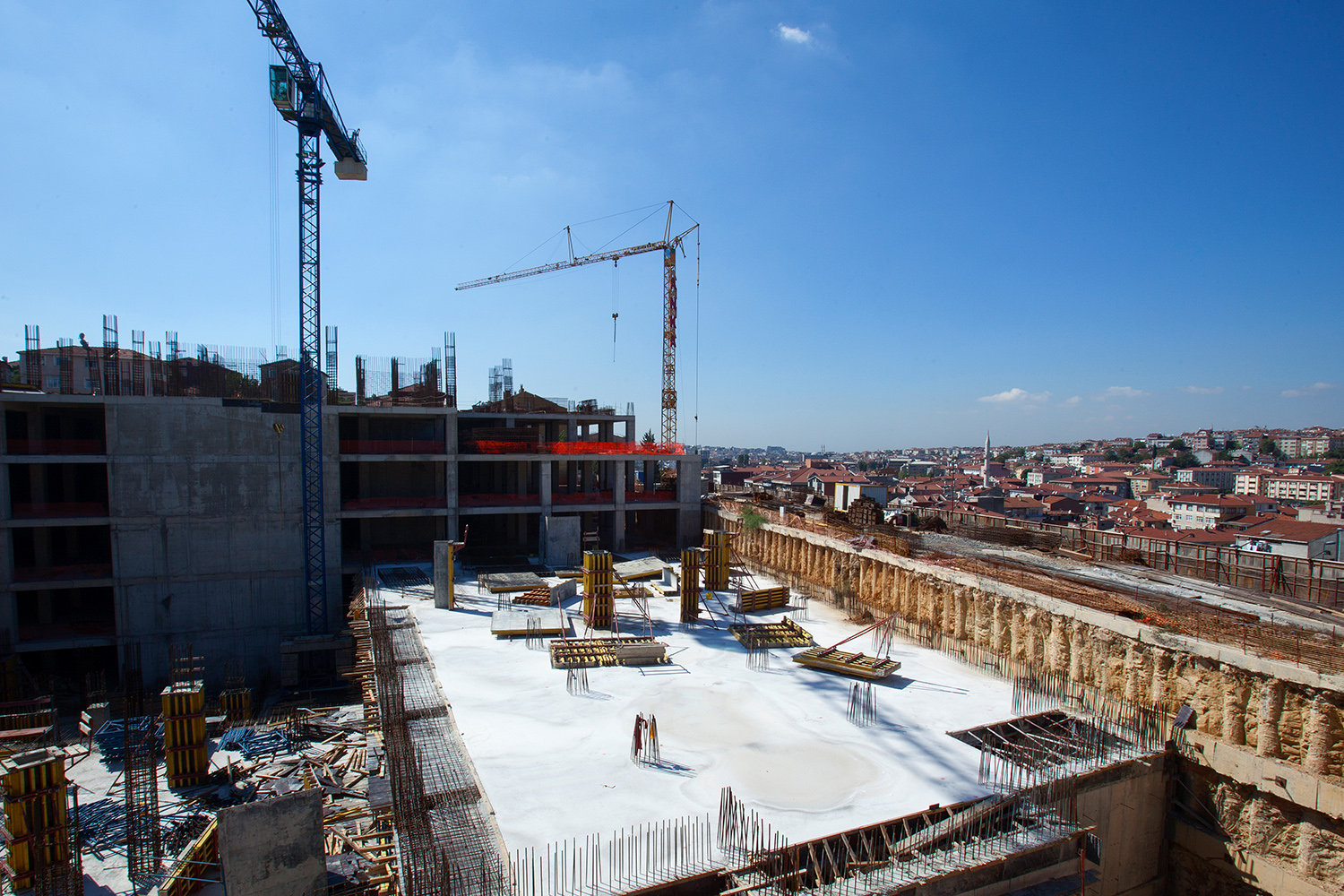
If it gets too hot, extra break time should be scheduled on the construction site. Photo credit: iStock.com/canerozkan
Is there any such thing as “bad weather” today?
Prof. Schwerdtner: For many people, “bad weather” implies an image of snow and ice where work cannot be done. This has not been the case in such an extreme way for many years, at least in the construction industry. This is not only due to climate change, but also to developments in process technology. Today, for example, we are able to pour concrete at very cool temperatures. But we will have to get used to the fact that unfavourable weather conditions, which have a negative impact on production, can be observed all year round. These are both longer periods of heat and cold, but also more frequent extreme weather events. In this context, it is important to look at the likely boundary conditions for construction production on a very local and project-specific basis using statistical data and to take them into account as early as the planning phase and in the course of concrete work preparation.
Have you developed proposals on how to better protect workers?
Kynast: So far there is no obligation for sun and heat protection with concrete limit values. However, work is currently being done on a workplace directive that deals with outdoor activities. We have already participated in a working group meeting. Even if there are no concrete limit values so far, the company is nevertheless obliged to identify and assess health hazards within the framework of its risk assessment and to derive appropriate measures. This also includes recognising heat or excessive exposure to sunlight. How can workers on the construction site be better protected? Clearly through technical or organisational measures with supporting personal measures. In the best case, these are already included in the tender documents for construction companies and thus become part of the contractual agreements.
Prof. Schwerdtner. We have looked at various reference trades. The reality is very complex and heterogeneous. For example, an enclosure may be necessary for outdoor work if work has to be done there in strong sunlight. This would be a technical measure. Instead or in addition, organisational measures can be useful, for example by planning additional break times or by the employer ensuring that work is done early in the morning and late in the afternoon and not in the heat of the midday sun. And only then should additional personal measures such as sun cream and drinks take effect. That is how it should be ideally. However, practice shows that the measures are not always planned in this order.
The Employer’s Liability Insurance Association for the Construction Industry is also involved in the project. What recommendations have emerged from the project?
Prof. Schwerdtner: Professor Frank Werner from BG BAU has been a lecturer in our faculty for many years. He gives a lecture on safety and health protection and was largely responsible for the fact that we were able to implement the project with BG BAU as the funding provider. We would like to take this opportunity to thank the BG BAU and the DWD for their committed participation in the project.
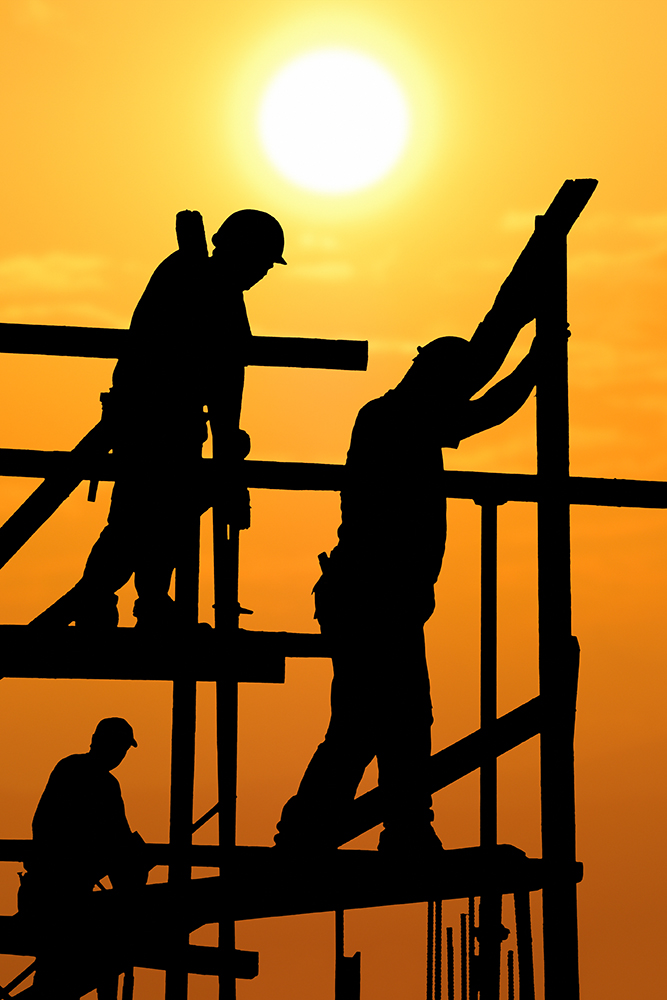
To protect workers, working hours could be shifted to early morning and late afternoon hours. Photo credit: iStock.com/akarelias
A very central demand that we derive from our results is that we must not assign the topic of climate change and protection against weather conditions on construction sites exclusively and far too late to the companies carrying out the construction. On the contrary, fundamental considerations – for both the construction and operational phases – must be integrated into the entire planning and construction process at a very early stage. It is therefore a task of the initiators of a building project to create these foundations at the very beginning. Analogous to the early preparation of a subsoil expertise, a weather expertise must also be available in order to make it clear to all parties involved what conditions are to be expected during the construction and operation phases.
At the moment, everyone involved is making very individual and non-transparent judgements about how to deal with the weather. And of course, everyone involved interprets this differently. It must therefore become common practice to anchor fundamental considerations in the planning and construction process at an early stage and throughout. Everything we decide ad hoc on the construction site is usually only the second or third best solution.
We have also suggested thinking about a year-round state protection shield, which so far only exists for bad weather in winter. The current restriction to the period from November/December to March is neither conducive to the payment of a seasonal short-time allowance in the future, nor to the preventive planning of measures with regard to safety and health protection and in terms of construction operations.

